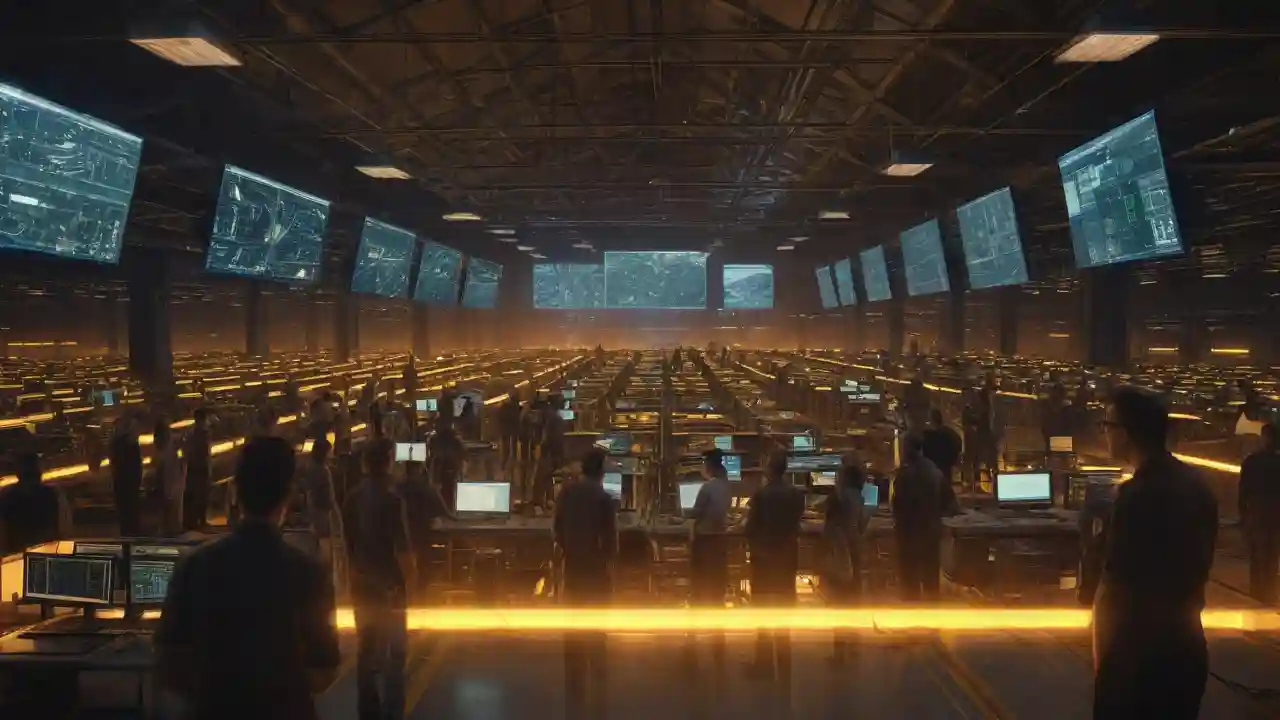
CoreWeave Buys Monolith AI to Expand From Cloud Hardware to Engineering Software
CoreWeave Shifts Strategy: From Renting GPUs to Owning the Engineering Workflow
LIVINGSTON, N.J. — The race to dominate enterprise artificial intelligence isn’t just about who has the most powerful hardware anymore. CoreWeave, once known for renting out graphics processing power, is betting big that real growth lies in controlling the tools engineers use every day.
On Monday, the cloud provider revealed its plan to buy Monolith AI, a London-based startup that weaves machine learning into the heart of engineering test and validation work. The price tag hasn’t been disclosed, but the move marks CoreWeave’s third software purchase in just seven months. That pace of dealmaking shows the company isn’t content to fight hyperscalers like Amazon or Microsoft on raw GPU supply alone—a contest where deep pockets usually win.
This latest acquisition comes as industrial AI undergoes a shakeout. Giants in simulation and cloud services are racing to lock down customer relationships before rivals do. Siemens, for example, recently snapped up Altair Engineering in a multibillion-dollar deal. CoreWeave clearly wants to avoid being left behind.
Escaping the GPU Price Trap
CoreWeave knows the dangers of living off commodity infrastructure. Yes, its headline deals have been enormous—$6.5 billion with OpenAI in September and another $14.2 billion commitment from Meta just days later. But those agreements also expose the company to razor-thin margins. Renting GPUs means heavy capital costs, unpredictable usage, and little leverage over customers who can just as easily rent from someone else.
That’s where Monolith changes the game. Its software lives inside engineering departments at firms like BMW, Nissan, and Honeywell. By analyzing test data, it helps teams decide which experiments to run, spots anomalies early, and even recommends next steps. Cutting down on physical testing, even slightly, can save manufacturers millions of dollars and shave months off development timelines.
As one researcher in automotive R&D put it: “Engineering has always had plenty of data but not enough good models. If software can close that gap and reduce bench time, it gets adopted quickly.”
With earlier acquisitions like Weights & Biases for experiment tracking and OpenPipe for reinforcement learning, CoreWeave has been quietly building a software layer that makes it harder for customers to leave. The strategy is simple: own the tools that generate the workloads, not just the machines that run them.
A Big Industrial Opening
The potential market is massive. McKinsey estimates AI could boost research and development efficiency in complex manufacturing by as much as 80 percent. That number matters to executives overseeing decade-long product cycles and test budgets in the tens of millions. Think about battery development, aerospace certification, or automotive safety—all areas where thousands of physical tests could be replaced by smarter models.
CoreWeave already has visibility into high-performance environments thanks to its partnership with Aston Martin Aramco’s Formula One team. Pairing that showcase with Monolith’s day-to-day presence inside industrial engineering teams gives the company a compelling story to pitch to manufacturers.
Still, execution won’t be easy. Engineering firms often rely on entrenched software from Siemens, Ansys, or Dassault Systèmes. CoreWeave risks stepping on toes as it tries to plug its new acquisition into those ecosystems. Siemens’ recent move to integrate AI-driven simulation adds another wrinkle. To succeed, CoreWeave must keep Monolith neutral enough to work across platforms while nudging customers toward its own cloud.
And then there’s the company’s own track record. Earlier this year, reports surfaced about delivery hiccups with some customers. Safety-critical industries don’t forgive delays easily, and procurement teams will weigh those risks carefully before signing multi-year commitments.
Chasing Smoother Revenue
From a business standpoint, the allure of industrial workloads is their stability. Large language model training comes in bursts—massive demand one quarter, then quiet the next. Engineering tests, by contrast, run steadily across product lifecycles. That kind of predictable demand could smooth out CoreWeave’s utilization rates and reassure investors who don’t like roller-coaster numbers.
The economics also look better. Engineers depend on daily-use software, and that means higher margins compared to raw compute hours. If CoreWeave bundles its acquisitions—Weights & Biases, OpenPipe, and now Monolith—into integrated solutions, it could shift from charging by GPU hour to charging for outcomes. Imagine selling “battery validation acceleration programs” instead of compute time. That’s a completely different business model.
Market watchers expect CoreWeave to roll out industry-specific bundles within the next year. Early wins in battery development or aerospace certification would give the company powerful proof points to sway cautious buyers.
Risks, Rivals, and What Comes Next
Investors see opportunity but also plenty of risk. Integrating three software companies in less than a year is no small feat. CoreWeave has to keep product roadmaps on track while avoiding customer churn. Pull it off, and the company could build real defenses against hyperscalers. Stumble, and rivals will pounce.
And those rivals aren’t standing still. Siemens, Ansys, and Dassault all have the resources to build or buy competing tools. Meanwhile, smaller physics-AI startups like PhysicsX and Neural Concept are raising large venture rounds and could quickly become takeover targets for other big players.
Analysts recommend watching for a few signs: how fast CoreWeave integrates its new software, whether it lands marquee customers outside Monolith’s base, and if industrial workloads start showing up in usage metrics. Building strong field support for manufacturing clients will also signal how serious the company is about this sector.
At a broader level, CoreWeave’s move is likely to accelerate consolidation across industrial AI. Startups bridging simulation, test optimization, and cloud infrastructure are suddenly hot property. Whoever manages to own the full engineering workflow will command premium valuations.
The Monolith deal ultimately tests whether vertical integration gives CoreWeave a lasting edge—or whether hyperscalers will simply copy the features once they see demand. For industrial customers, the outcome could shape the future of innovation itself: faster product cycles and leaner testing, or just a shift from one dependency to another.
NOT INVESTMENT ADVICE